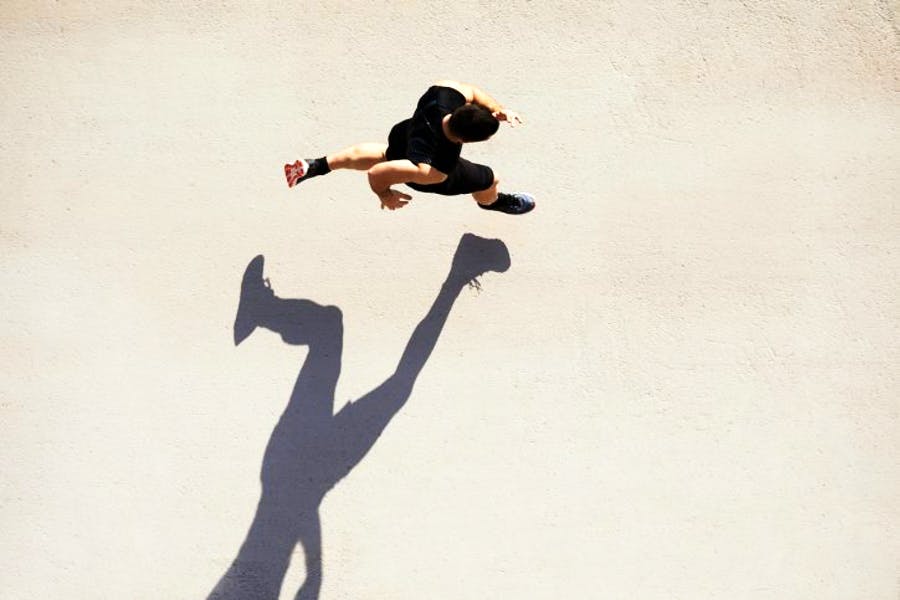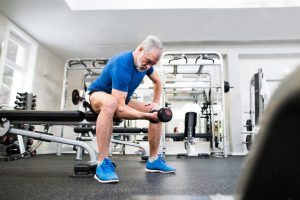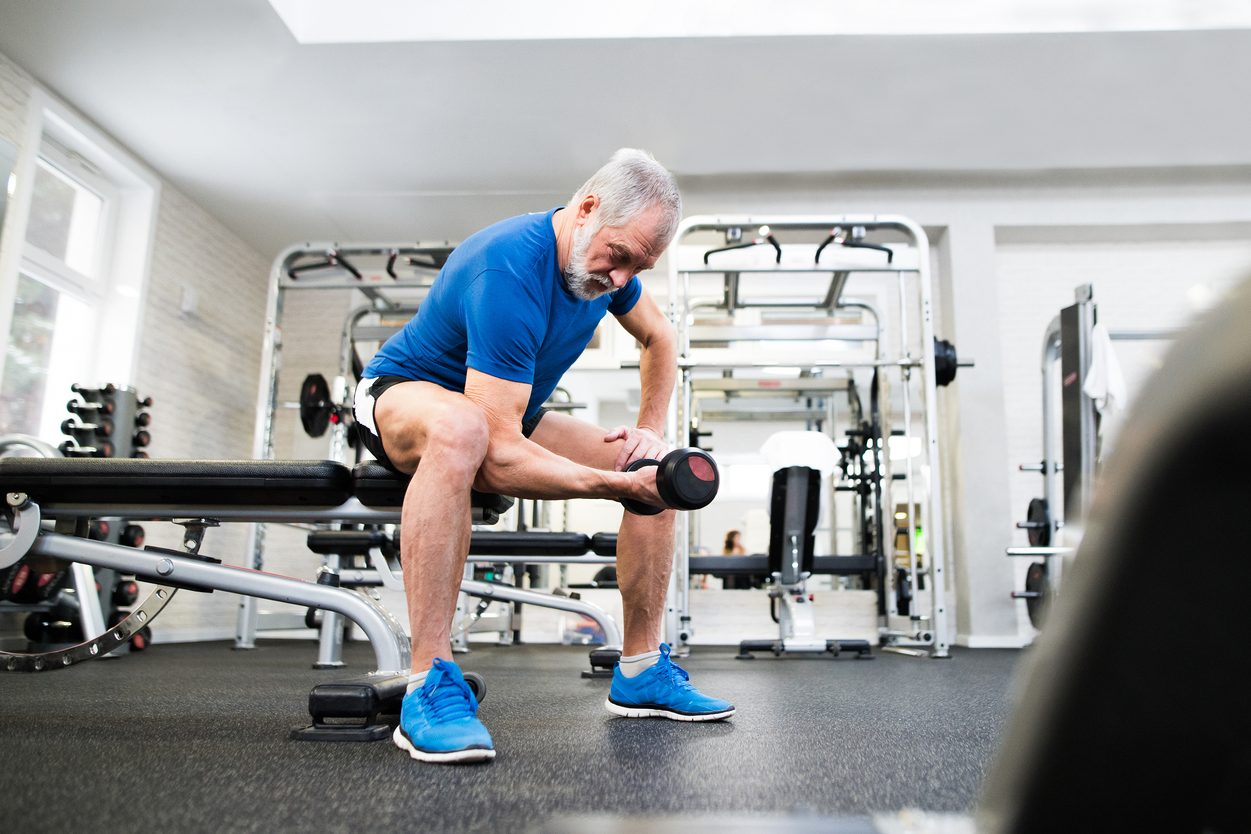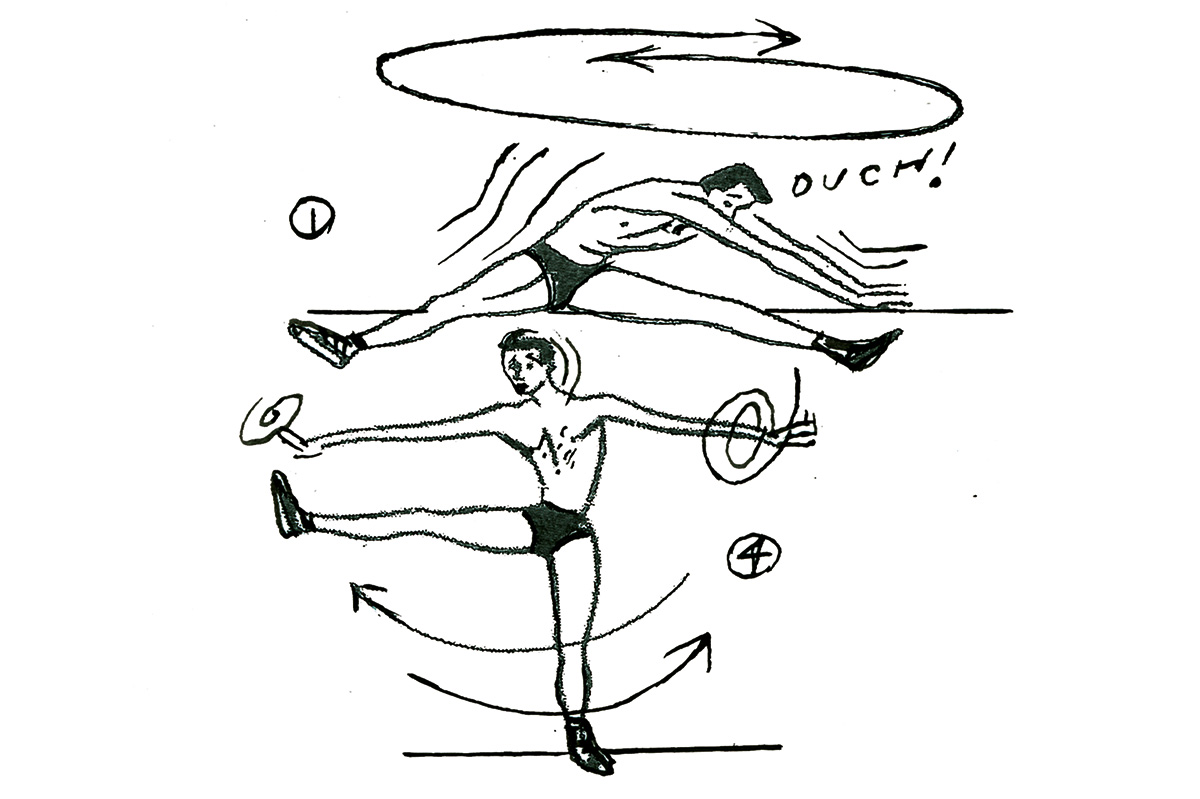In the last few weeks, we have seen a dramatic change in how we, as a nation, are exercising. Considering the new social distancing measures we have limited resources to get our hit of exercise-fueled endorphins. Gyms, rec centers and swimming pools are now closed for the foreseeable future and so we have seen more people dusting off their sneakers and taking to the roads or parks for a jog or run. So, what is the best long-term approach to get back into your stride for those who have had a long time away from the sport?
What to do if you don’t enjoy running
Don’t do it…in this strange time that we find ourselves in, it is more important that we are doing things that make us feel content and do not add more stress or anxiety to the situation.
Research suggests that those who intentionally focus on the feeling of moving and deliberately take in their surroundings, enjoy exercise more. Scientists at Utrecht University in the Netherlands tracked how much people exercised, how mindful they were while doing it, and how satisfied they were with their workouts overall. The research suggests that ‘mindfulness may amplify satisfaction, because one is satisfied when positive experiences with physical activity become prominent’.
If going for a run fills you with dread, then use your daily outing for a walk or bike ride instead. You can still improve your cardiovascular fitness from a HIIT work out in your living room or garden. There is now a plethora of online versions, suitable for all age groups and a variety of intensities.
What if you have had a long time away from running?
If you are looking forward to dusting off those running shoes in this new way of living, then try to ease yourself back in gradually.
You may have stayed physically fit in other ways, like cycling, cross training, walking or exercise classes at the gym, however running is a completely different physical challenge. The main challenge is that it is a single leg sport, which means that we bound from one leg to the other and there is no point when both feet touch the floor at the same time. The force that travels through each leg can be in excess of three times our body weight. Over a three-mile run we could take between up to 4,000 steps which when added up, can be a huge demand on our joints, tendons and muscles and they may not be used to.
It’s tempting to ‘hit the ground running’ when we start, however, this can often lead to injury and means we are forced to abandon a training plan. This might not have been the case if we had slowly and progressively increased our intensity.
I normally advise my clients to start with a run/walk approach. This can be simply doing five minutes of running and a minute of walking or thereabouts and gradually reducing the walking time.
Alternatively, there are some great couch to 5k apps or podcasts that can talk you through the intervals whilst you are running. The British National Health Service has a very informative podcast that you can download every week. The program is designed for beginners to gradually build up to a 5km run without stopping.
What to do if you are returning from an injury
This will depend on the injury and it is always advisable to seek medical advice if it is longstanding or complex injury. A general rule is that if something hurts to walk, you shouldn’t run on it. Use walking as a marker to assess the degree of stress to your muscles and joints. When walking, you can really get moving without breaking into a run. Imagine you are trying to get somewhere in a rush. If a client has not been running for several weeks, I will ask them to complete a few 30- to 60-minute pain free walks for a day or two. If they have not run for a longer period, then I suggest up to two weeks of pain free walking first.
Whether you are a regular runner or returning to it over the next few weeks, everyone will benefit from some strength and conditioning exercises. Lower limb stretches such as pulling your ankle to your bottom to stretch your quad or leaning against a wall with one leg stretched out behind you to stretch your calf muscle. All stretches should be held for at least 40 seconds to have any benefit. The glutes are essential for single leg control, so any body weight or light resistance exercises to strengthen these is vital.
Obviously, it goes without saying that social distancing should always be obeyed. Running can be such a rewarding exercise and something we are lucky to be able do in times like these, so please do run responsibly!
What to do if you have recently had a baby
It is very tempting as a new mother to feel that you could safely return to running after you get the ‘all clear’ at your six-week check-up. Guidelines were published in the UK last June that explain that regardless of how ‘normal’ you feel, your delivery method or if you were a regular runner prior to giving birth, six weeks is too early to return to running.
Women can consider returning to running at 3-6 months post-birth, after they have completed at least 4-8 weeks of essential pelvic floor related rehab and single leg strengthening. This is done to prepare the pelvis and joints in the lower limbs for the load of running.
I would also suggest that all new moms, regardless of their running experience, use a couch to 5k program. This is to ensure they progressively and safely load the tissues in their pelvis and abdomen. Research evidences that this will help to dramatically reduce the chance of developing pelvic floor related symptoms later. It is advisable to see a pelvic health physiotherapist if you have any issues or concerns.
This article was originally published on Spectator Life.

























